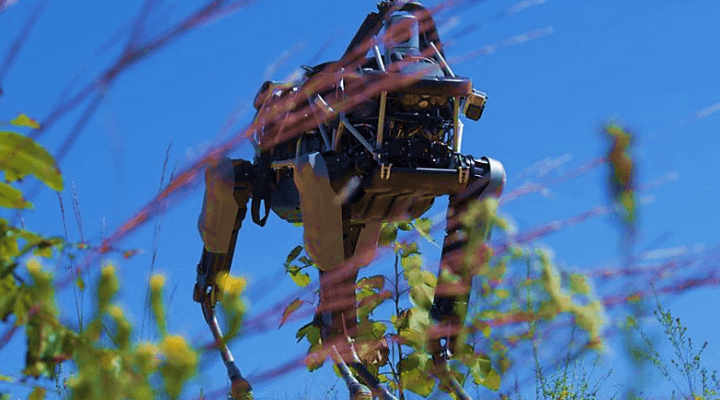“When future robots enter the world, they won’t have a learning curve.” That could be the voice of a robot about to launch the rebellion forewarning her maker. It could a robot inspiring her army before the final fight against the very same humanity she imitates. Or it could be the first line of some great old Philip K. Dick sci-fi novel. Instead, it’s the first line of Quartz contributor Dave Gershgorn’s study of robot training of the future. Perhaps Gershgorn offers something for all of us to learn.
INVEST IN PATIENCE
Robots learn like some humans learn best. By repetition. Thanks to the evolution of robot training, now robots are being trained in “3D spaces that have physics just like reality, with virtual objects that act the same way as their physical counterparts.” These 3D spaces, or virtual spaces “are required,” writes Gershgorn, “because one way of teaching robots is a method called reinforcement learning, or the chore of doing one task over and over again until it’s done correctly.” Remember, these virtual “spaces” are only “spaces” in the conceptual sense. They’re not really “space” at all. After the robot learns in virtual reality, then he’s ready to graduate to the real world.
For robots, learning takes time. Succeeding at complex tasks takes all sorts of varying degrees of repetition, of refining understanding and, then, refining skills to near perfection. For humans, learning takes time, as well, and a lot of patience. But before we jump on the AI-train and imagine that AI is somehow superior to humans’ ability to learn, imagine the infinite patience invested in artificial intelligence breakthroughs leading to where we find ourselves today. It’s really all the same. Whether you’re teaching robots or teaching people.
PROMOTE INDIVIDUALITY
Both UK’s DeepMind Technology Limited and Elon Musk’s OpenAI, are teaching robots by way of observational learning. That is, show the robot how to complete a task—that is, the actual, physical movements necessary to complete a task, and the robot imitates those movements to achieve the same objective. OpenAI Tech Staff member Josh Tobin explains that their AI powered robots are “performing tasks [like stacking blocks] even though its movements have to be different from the one in the demonstration.”
In other words, the robot is completing the task, achieving the objective, but in her own way. She’s being successful just being her robot self. The beauty here, so to speak, is that Tobin, Musk, and the rest aren’t wrapped up in perfecting a particular process. They’re fine with showing the goal, and then letting the robot finally figure out how to do it with precision in her own way. Who knows, she might even do it better than her teachers. That’s the kind of mentality that promotes progress, accentuates opportunities for unexpected success and breakthroughs.
EMBRACE CHANGE
“The Ballad of John Henry” tells of the African American folk hero whose heart exploded after beating a steam hammer in a steel-driving race. Henry intended to prove man could beat technology. John Henry won. His heart exploded in the effort, and he died. According to Nvidia CEO Jensen Huang, we find ourselves on the cusp of an epoch similar to the one John Henry experienced. “’We imagine that one of these days,’” Huang told a conference, ‘”we’ll be able to . . . design a product, design the factory that’s going to make the product, and design the robots that’s going to make the factory that makes the products. That future is upon us.’”
Indeed, it’s upon us. And all the luddite weeping and gnashing of teeth and pining for the “good old days” isn’t going to stop it. The best we can do, what’s right to do, is embrace this moment and figure out how we—us and these new members of our communities—can most effectively work together, leverage one another’s strengths while embracing one another’s quirks and differences, to moral and ethically productive ends.
And isn’t that a great lesson for all of us?




